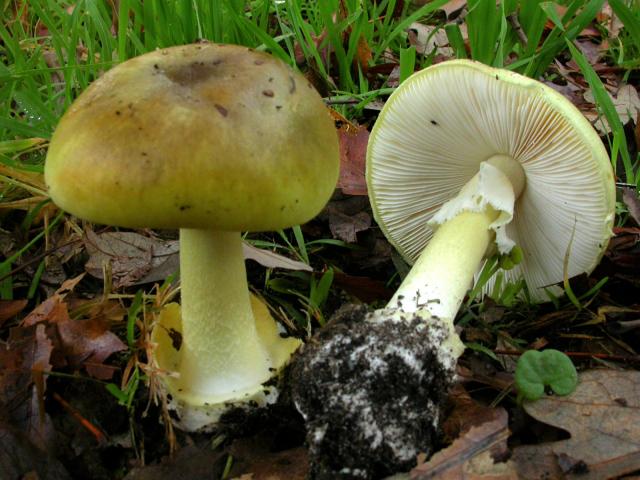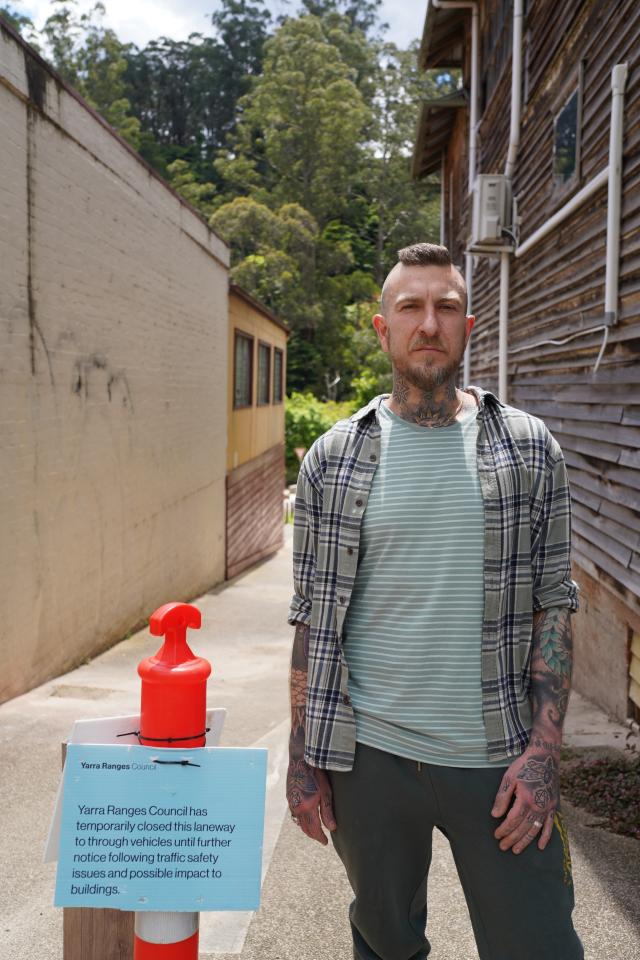The Victorian Department of Health has urged residents not to eat wild mushrooms as they start to appear more frequently throughout the colder months, with death cap and yellow-staining mushrooms of particular concern.
Death cap mushrooms are extremely poisonous. Consuming just one mushroom can kill an adult. Symptoms of poisoning by death cap mushrooms can include violent stomach pains, nausea, vomiting and diarrhoea. Even if initial symptoms subside serious liver damage may have occurred that may result in death.
These mushrooms grow under oak trees and the caps are 40-160 mm in diameter. The cap ranges in colour from pale yellow-green to olive brown and the ridges on the underside of the cap are white. The base of the stem has a membrane ‘cup’.
The yellow-staining mushroom is the cause of most poisonings due to ingestion of wild fungi in Victoria. Consuming yellow-staining mushrooms causes nausea, stomach cramps, diarrhoea and vomiting. The severity of symptoms varies with the amount eaten.
This mushroom looks very similar to regular purchased mushrooms or ‘cultivated mushrooms’ and to edible wild mushrooms such as the field mushroom. In urban areas the yellow-staining mushroom is unfortunately much more common than edible mushrooms. It can grow in large troops in lawns and gardens.
Anyone who collects and consumes wild mushrooms of unknown species is putting themselves at risk of potential poisoning and serious illness. Consuming a death cap mushroom may result in death.
Children should not touch wild mushrooms with their bare hands and animals should be kept away from them.
Pets can develop a range of illnesses from eating wild mushrooms, including gastroenteritis-type syndrome to severe life-threatening disease and death. Dogs are more likely than cats to ingest mushrooms.
Unless you are an expert, do not pick and eat wild mushrooms in Victoria.
People should urgently attend an emergency department if they believe they’ve eaten a poisonous mushroom. They should also take any remaining mushrooms with them for identification.
In most cases, the sooner treatment can begin, the better the outcome. Do not wait for symptoms to occur before seeking medical attention.
Contact the Victorian Poisons Information Centre immediately on 13 11 26 (24 hours a day, 7 days a week, Australia wide). Keep and photograph a sample of the mushroom that was consumed to share with the Victorian Poisons Information Centre for expert identification of the mushroom.
Pet owners should take particular care in areas where mushrooms may grow and where possible, remove any mushrooms from your garden before pets have a chance to eat them.
Remove any mushrooms growing in home gardens by wearing gloves and carefully place in a bag and dispose of them in a closed rubbish bin.







